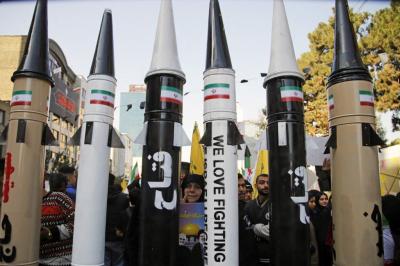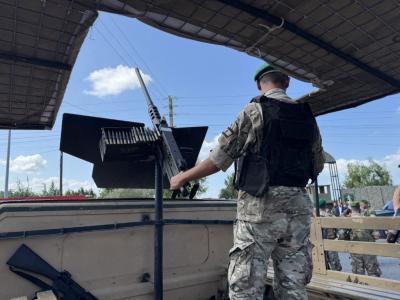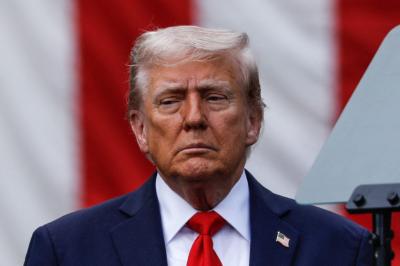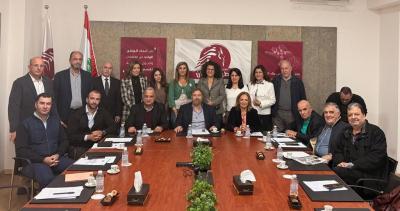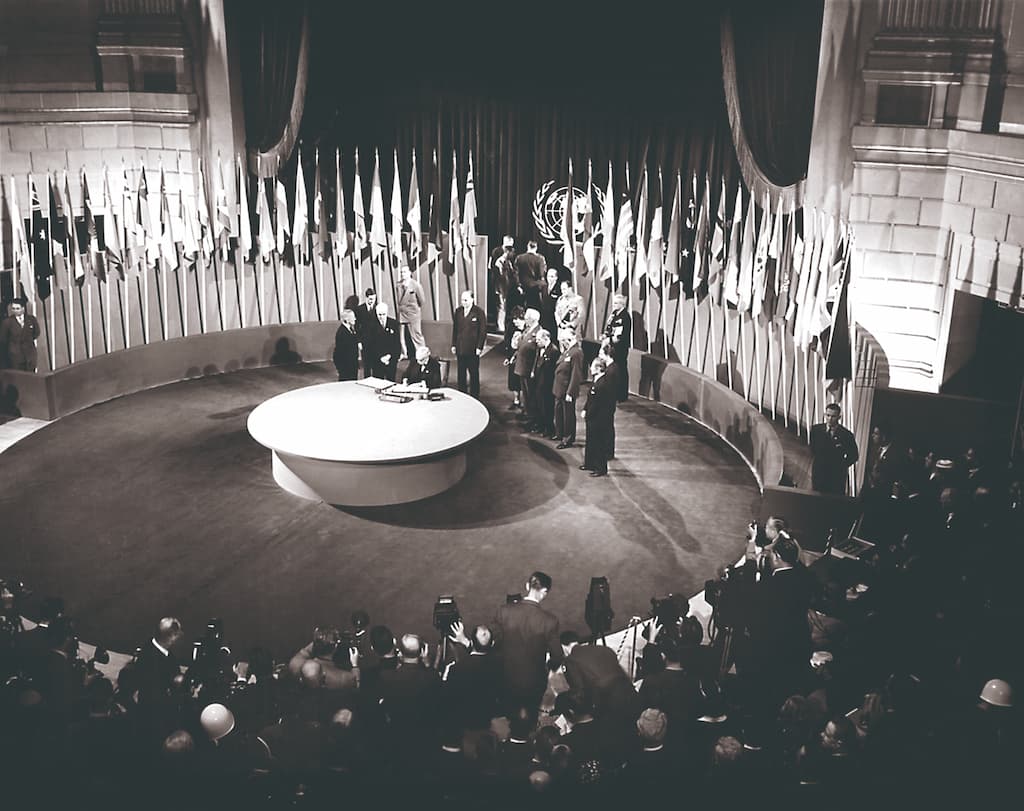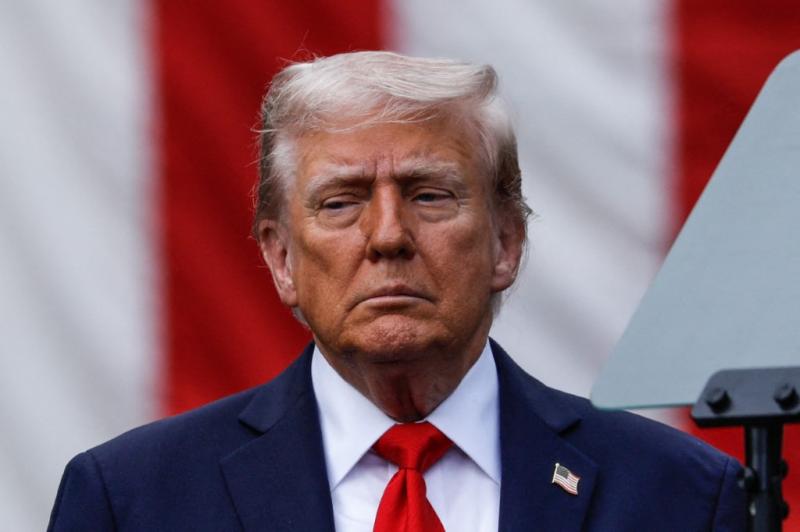In the summer of 1945, in the aftermath of World War II, a new geopolitical era began. On June 26, in San Francisco, fifty nations signed the founding Charter of the United Nations (UN), marking the end of the League of Nations (LN) and the birth of a new world order. This historic moment reflects the Allies’ desire to transform their wartime military cooperation into a lasting political and diplomatic framework.
The initiative was led by U.S. President Franklin D. Roosevelt, who envisioned a world government under U.S. leadership. The UN thus became one of the pillars of this new order, alongside the World Bank and the International Monetary Fund (IMF), two institutions aimed at stabilizing the global economy.
The San Francisco Conference began on April 25, 1945, just as Nazi Germany was about to surrender. It brought together an impressive diversity of countries: all of the Americas, nearly all of Europe (except the defeated powers like Germany and Italy), the British dominions, the USSR with two of its federated republics (Ukraine and Belarus), and independent states from Africa and Asia—though notably not Japan, still at war. In total, 3,500 participants, including diplomats, journalists, and representatives of non-governmental organizations, attended the event. Only the United States had the infrastructure and stability to host such a conference—hence the choice of San Francisco.
Behind the floral displays and relaxed atmosphere described by witnesses like writer E. B. White, the conference concealed major political stakes. The world was shifting into a configuration dominated by American economic and military power. In 1945, the United States alone accounted for 59% of global GDP—far ahead of the USSR and the UK, despite also being victors. Continental Europe was devastated: France’s economy had dropped by 46%, Germany’s by 40%, and Japan’s by 57%.
The term “United Nations” had emerged as early as 1942, when the Allies formalized their union against the Axis powers. Initially referring to the military alliance, the concept quickly broadened: it aimed to create a global institutional framework founded on peace, justice, and human rights—directly opposing Nazi totalitarianism. Foundational texts such as the Atlantic Charter (August 1941) and the Declaration of St. James’s Palace (June 1941) had already laid the moral and political groundwork. These principles were refined at the summits in Moscow, Tehran, Yalta, and Potsdam.
Concrete discussions to shape the future organization took place at Dumbarton Oaks in Washington between August and October 1944. There, American, Soviet, and British diplomats designed the UN’s structure, including a General Assembly and a Security Council dominated by five permanent members (United States, USSR, United Kingdom, China, and—after negotiations—France). Each permanent member held veto power, ensuring a balance of power. France, initially excluded, managed to re-enter the diplomatic scene thanks to the skill of its representatives, notably Georges Bidault and René Cassin.
Roosevelt imagined a UN under American influence, ensuring regulated global peace. Stalin saw it as a tool to defend Soviet interests and increase his influence. Churchill aimed to preserve the British Empire’s global standing. Each pursued their national interests, but all sought to avoid another world war.
The San Francisco Conference was not merely symbolic—negotiations were intense. The UN’s structure was eventually agreed upon, but it already contained the seeds of the future Cold War. As early as 1946, the USSR began to withdraw and blocked certain initiatives, reducing the UN to a role reminiscent of the League of Nations. However, the West revived multilateral order through other means: the World Bank, IMF, OECD, GATT, and later NATO. These institutions, born from the same momentum, would drive Europe’s reconstruction and ensure American dominance for decades.
As for the UN, it established its headquarters in New York—a striking symbol of U.S. supremacy. Despite its limitations, it remains one of the most enduring frameworks for international dialogue.
Please post your comments on:
[email protected]
 Politics
Politics
